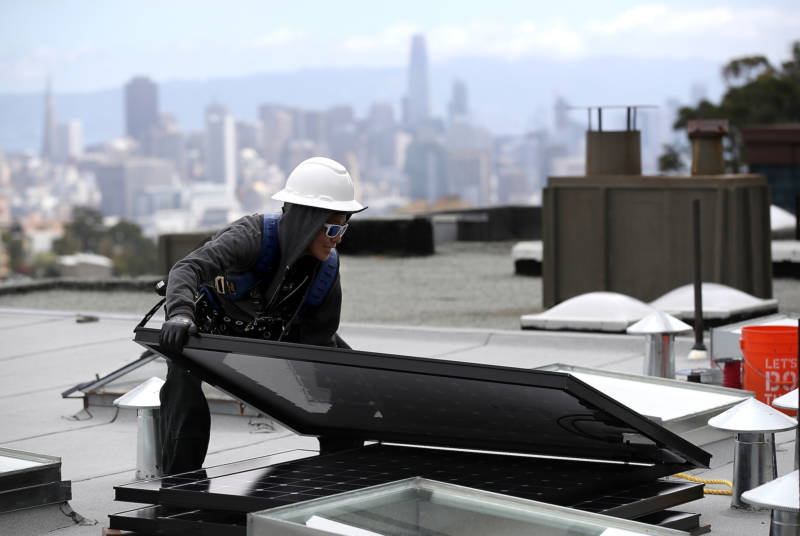San Francisco officials laid out a sweeping plan this week for the city to reach zero net emissions by 2050.
The Department of the Environment on Monday presented its broad-ranging report to members of the Board of Supervisors Land Use and Transportation Committee, offering recommendations for deep greenhouse gas reductions in the city's transportation and building sectors, which together make up more than 90% of the total emissions.
The report serves as a road map for achieving the net-zero goals proposed by Mayor London Breed in September and announced at the Global Climate Action Summit.
Central to the plan is the city's mandate to supply energy exclusively from renewable energy sources within 30 years (currently, less than 70% comes from renewable sources).
"If San Francisco maintains and deepens its commitment to supplying 100% renewable electricity; prioritizes low-carbon forms of mobility such as transit, walking and biking; reduces our consumption of energy; and transitions away from fossil fuels, the city could realize a 68% reduction in emissions below 1990 levels by 2030 and a 90% reduction by 2050," the report states.

